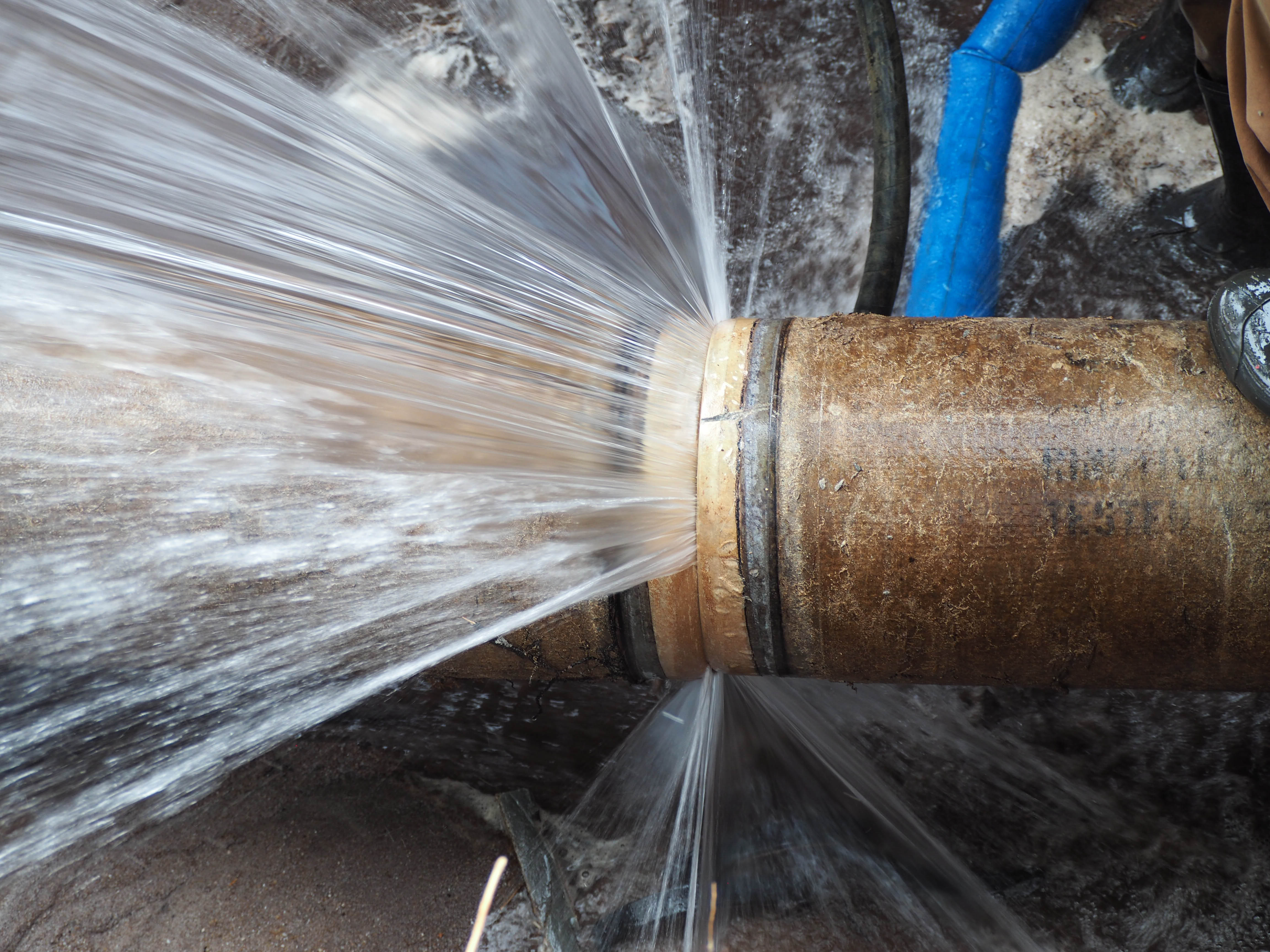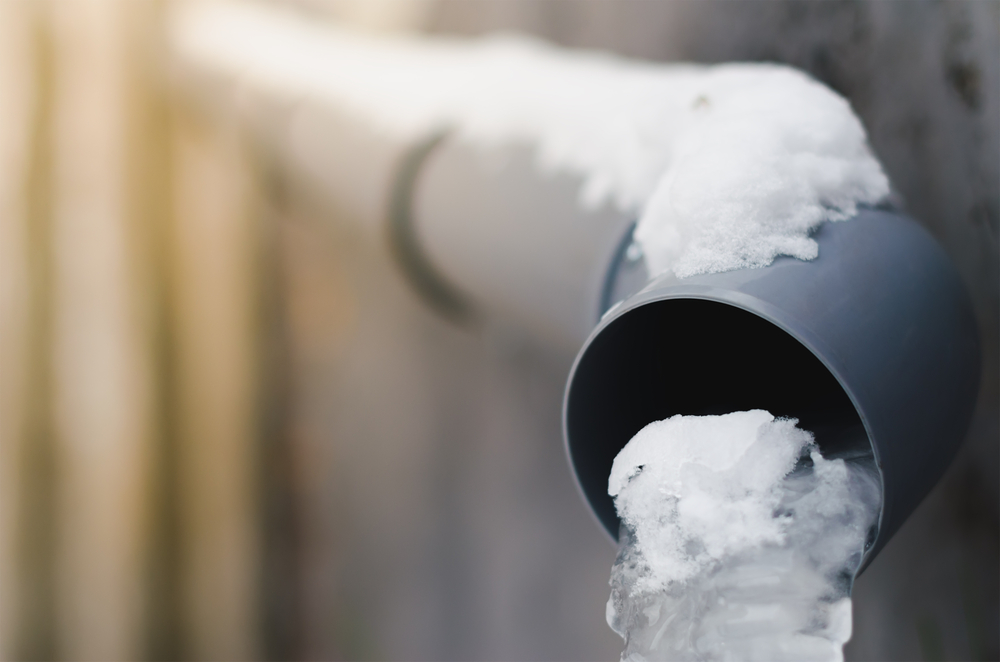Safeguarding Pipes from Freezing Issues: Key Tips
Safeguarding Pipes from Freezing Issues: Key Tips
Blog Article
They are making several good pointers on How To Avoid Freezing Pipes overall in this content below.

Cold weather can wreak havoc on your plumbing, specifically by freezing pipes. Here's just how to avoid it from happening and what to do if it does.
Introduction
As temperatures decrease, the threat of frozen pipelines boosts, possibly causing expensive repairs and water damages. Comprehending how to stop frozen pipelines is important for property owners in cool climates.
Comprehending Frozen Pipes
What triggers pipelines to freeze?
Pipelines ice up when exposed to temperatures listed below 32 ° F (0 ° C) for expanded durations. As water inside the pipelines ices up, it expands, putting pressure on the pipe walls and potentially triggering them to break.
Risks and damages
Icy pipelines can cause water disturbances, residential or commercial property damage, and pricey fixings. Burst pipes can flooding homes and trigger comprehensive structural damages.
Indications of Frozen Pipeline
Identifying icy pipes early can stop them from rupturing.
Exactly how to identify icy pipes
Try to find decreased water circulation from faucets, uncommon smells or sounds from pipes, and visible frost on subjected pipes.
Avoidance Tips
Shielding at risk pipes
Cover pipes in insulation sleeves or use warmth tape to safeguard them from freezing temperatures. Concentrate on pipes in unheated or outside locations of the home.
Heating strategies
Keep interior rooms appropriately heated, particularly locations with plumbing. Open cupboard doors to permit warm air to circulate around pipes under sinks.
Protecting Outdoor Plumbing
Yard tubes and exterior taps
Separate and drain pipes yard pipes before winter season. Install frost-proof spigots or cover outside faucets with insulated caps.
What to Do If Your Pipes Freeze
Immediate activities to take
If you believe icy pipes, maintain taps open to alleviate stress as the ice melts. Make use of a hairdryer or towels soaked in hot water to thaw pipelines slowly.
Long-Term Solutions
Architectural adjustments
Take into consideration rerouting pipes far from outside wall surfaces or unheated locations. Add added insulation to attics, basements, and crawl spaces.
Updating insulation
Purchase high-grade insulation for pipes, attics, and wall surfaces. Correct insulation helps preserve regular temperature levels and lowers the danger of frozen pipelines.
Verdict
Avoiding frozen pipelines calls for proactive measures and quick reactions. By comprehending the reasons, indicators, and safety nets, homeowners can protect their plumbing during cold weather.
5 Ways to Prevent Frozen Pipes
Drain Outdoor Faucets and Disconnect Hoses
First, close the shut-off valve that controls the flow of water in the pipe to your outdoor faucet. Then, head outside to disconnect and drain your hose and open the outdoor faucet to allow the water to completely drain out of the line. Turn off the faucet when done. Finally, head back to the shut-off valve and drain the remaining water inside the pipe into a bucket or container. Additionally, if you have a home irrigation system, you should consider hiring an expert to clear the system of water each year.
Insulate Pipes
One of the best and most cost-effective methods for preventing frozen water pipes is to wrap your pipes with insulation. This is especially important for areas in your home that aren’t exposed to heat, such as an attic. We suggest using foam sleeves, which can typically be found at your local hardware store.
Keep Heat Running at 65
Your pipes are located inside your walls, and the temperature there is much colder than the rest of the house. To prevent your pipes from freezing, The Insurance Information Institute suggests that you keep your home heated to at least 65 degrees, even when traveling. You may want to invest in smart devices that can keep an eye on the temperature in your home while you’re away.
Leave Water Dripping
Moving water — even a small trickle — can prevent ice from forming inside your pipes. When freezing temps are imminent, start a drip of water from all faucets that serve exposed pipes. Leaving a few faucets running will also help relieve pressure inside the pipes and help prevent a rupture if the water inside freezes.
Open Cupboard Doors
Warm your kitchen and bathroom pipes by opening cupboards and vanities. You should also leave your interior doors ajar to help warm air circulate evenly throughout your home.

I was made aware of that article about How to Prevent Your Pipes From Freezing from a buddy on a different web address. Sharing is nice. Helping others is fun. Thanks for your time invested reading it.
Click Here Report this page